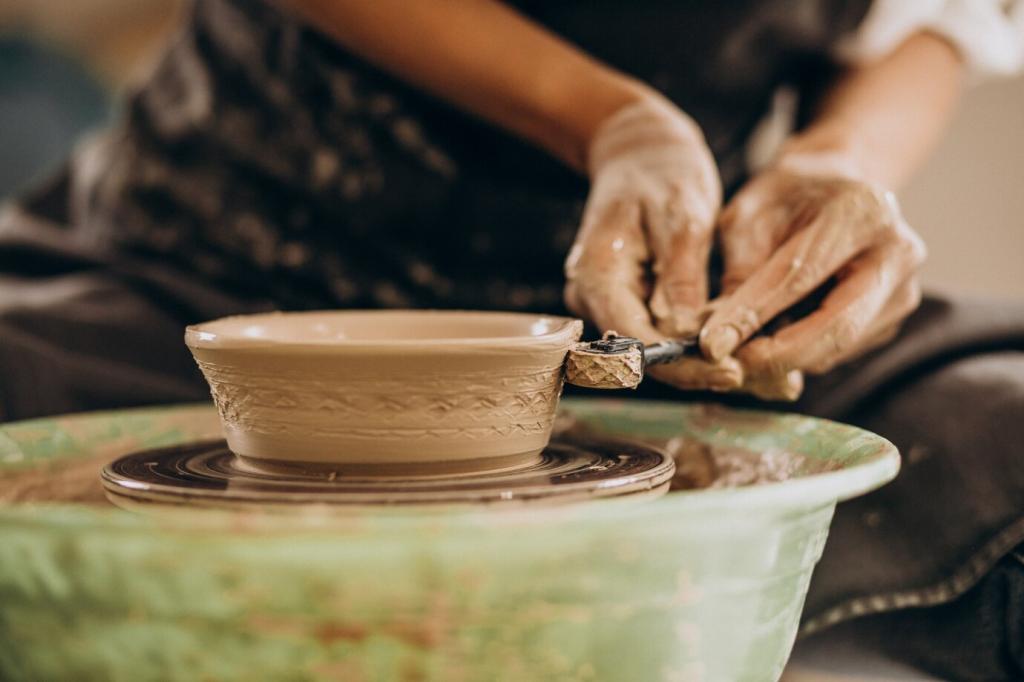Cleaning and Sanitation: The Non-Negotiables
PBW or oxygen cleaners lift biofilms; soft cloths protect plastics from scratches that harbor microbes. Only after it is visibly clean should sanitizer like Star San or Iodophor touch surfaces. Do not fear the foam—fear shortcuts. What is your go-to cleaner and why?
Cleaning and Sanitation: The Non-Negotiables
Dip tubes, poppets, and bottling wands hide trouble. Dedicated brushes and labeled spray bottles make attention to detail automatic. A friend ignored a sticky poppet and got a pellicle party. Learned the hard way, he now soaks parts religiously. Tell us your small-part routine.







